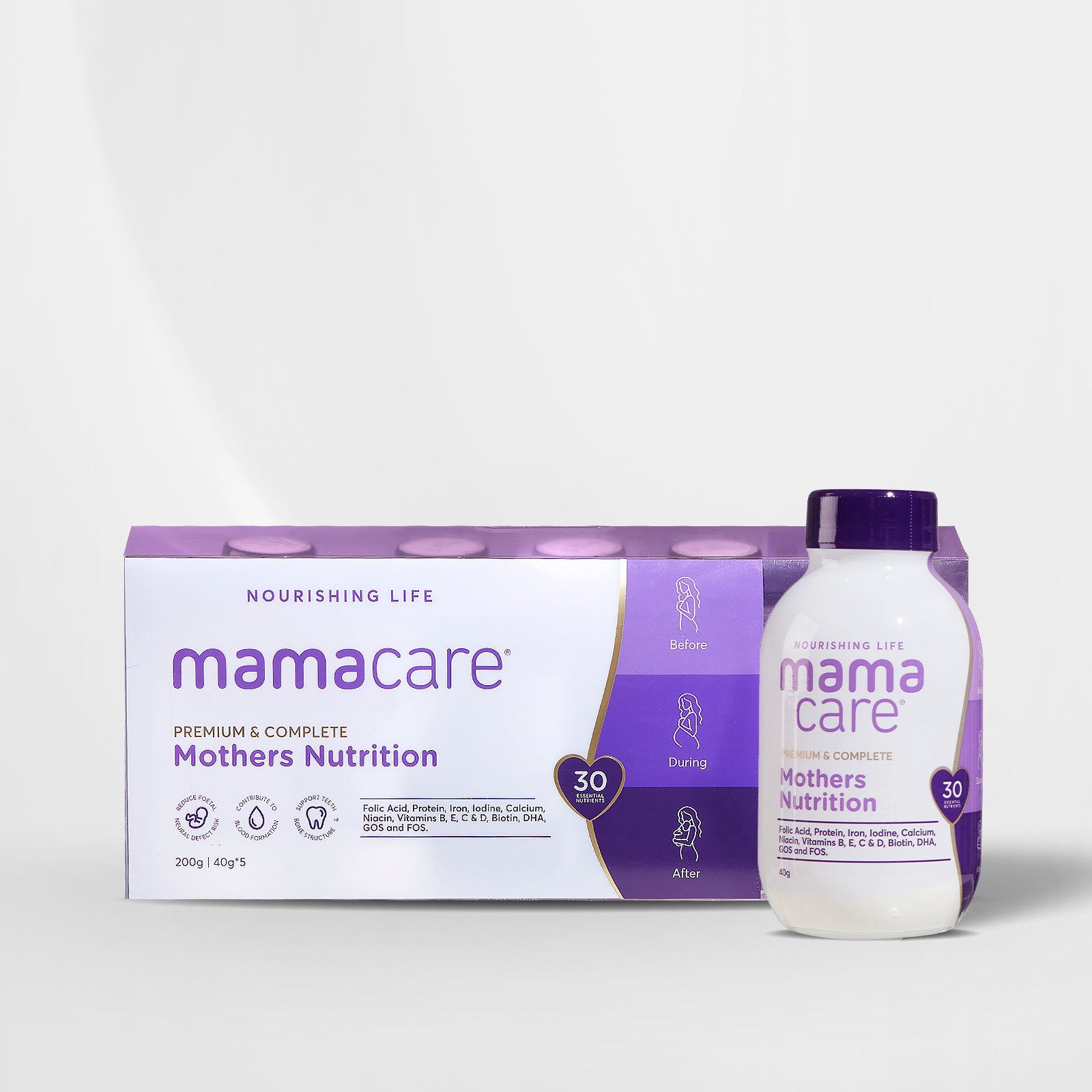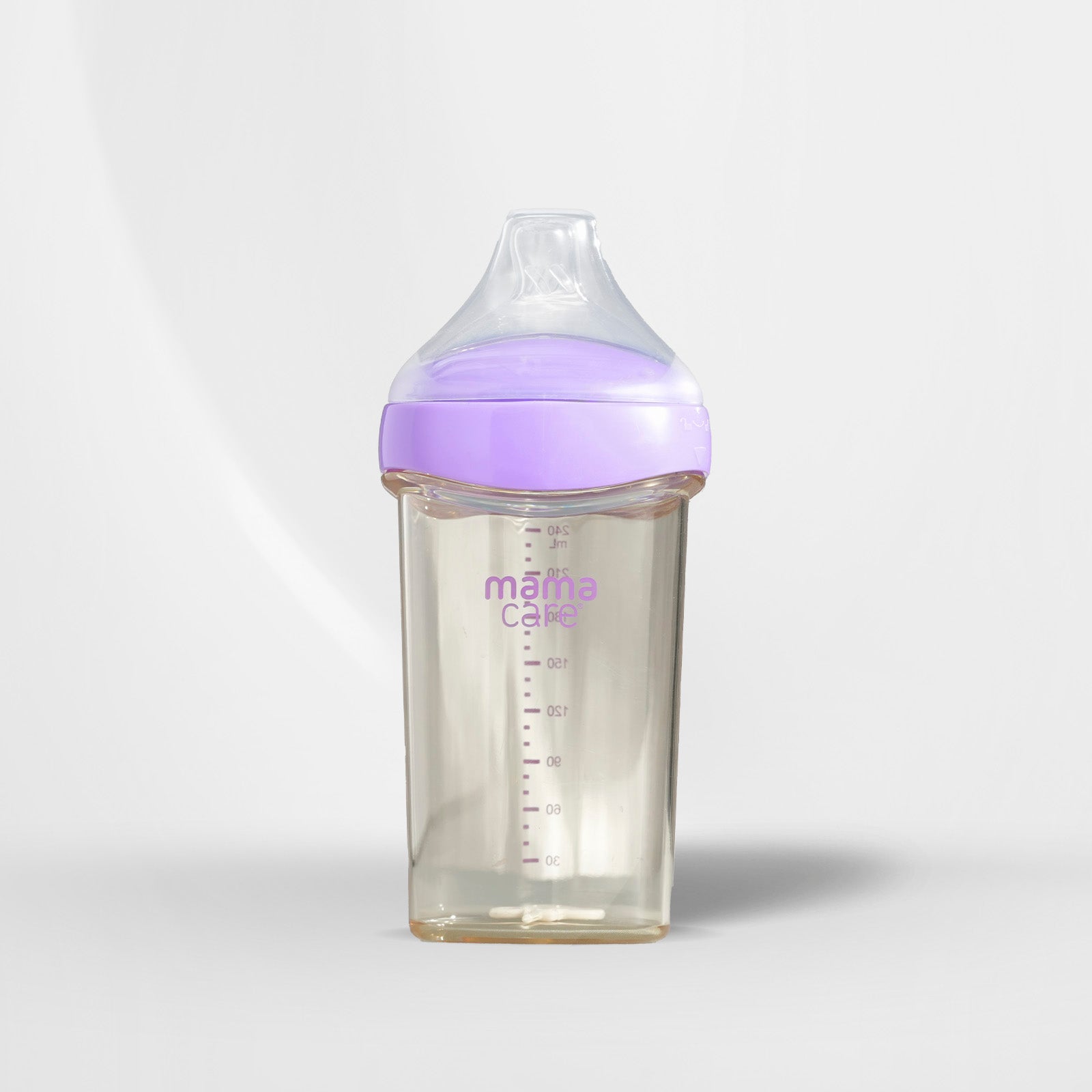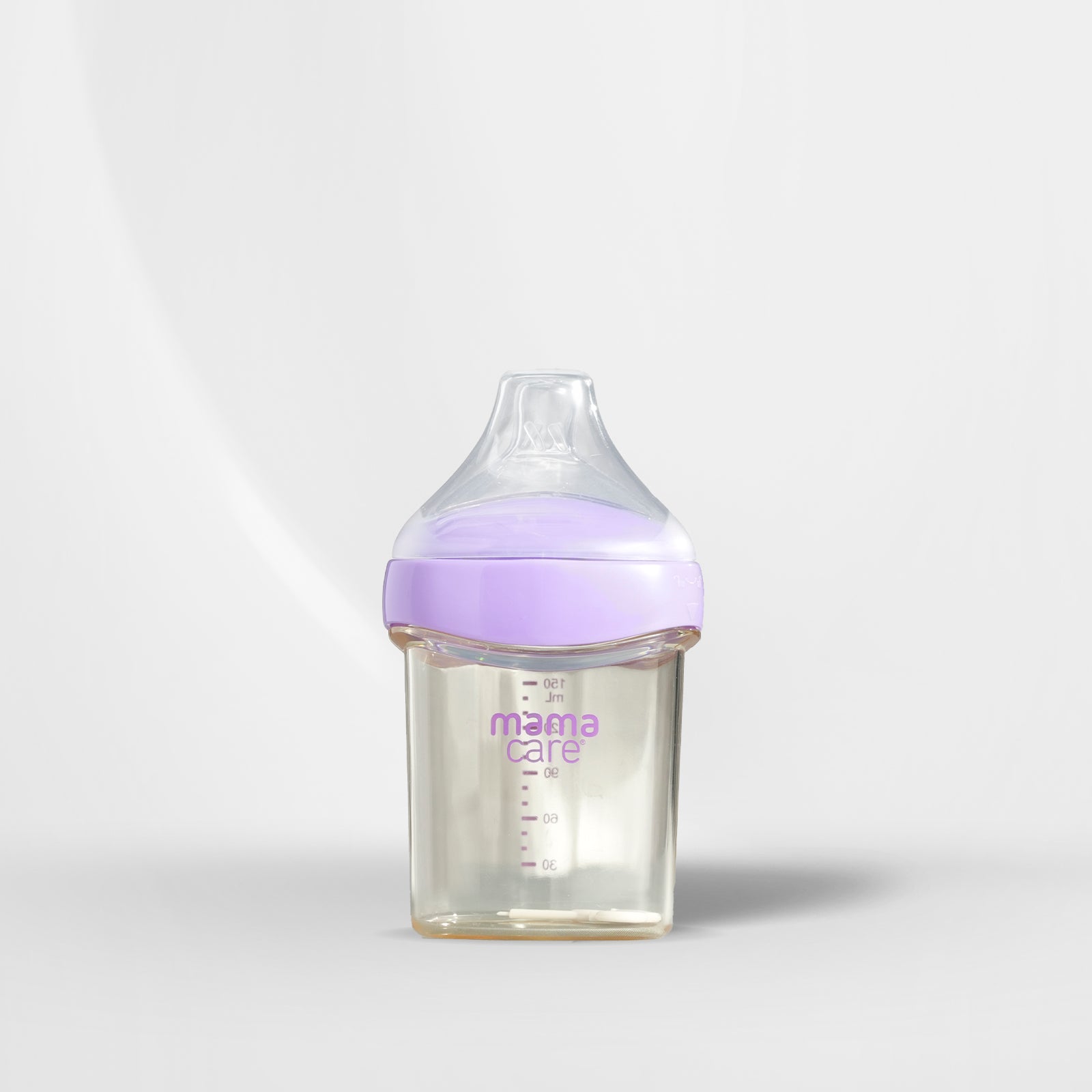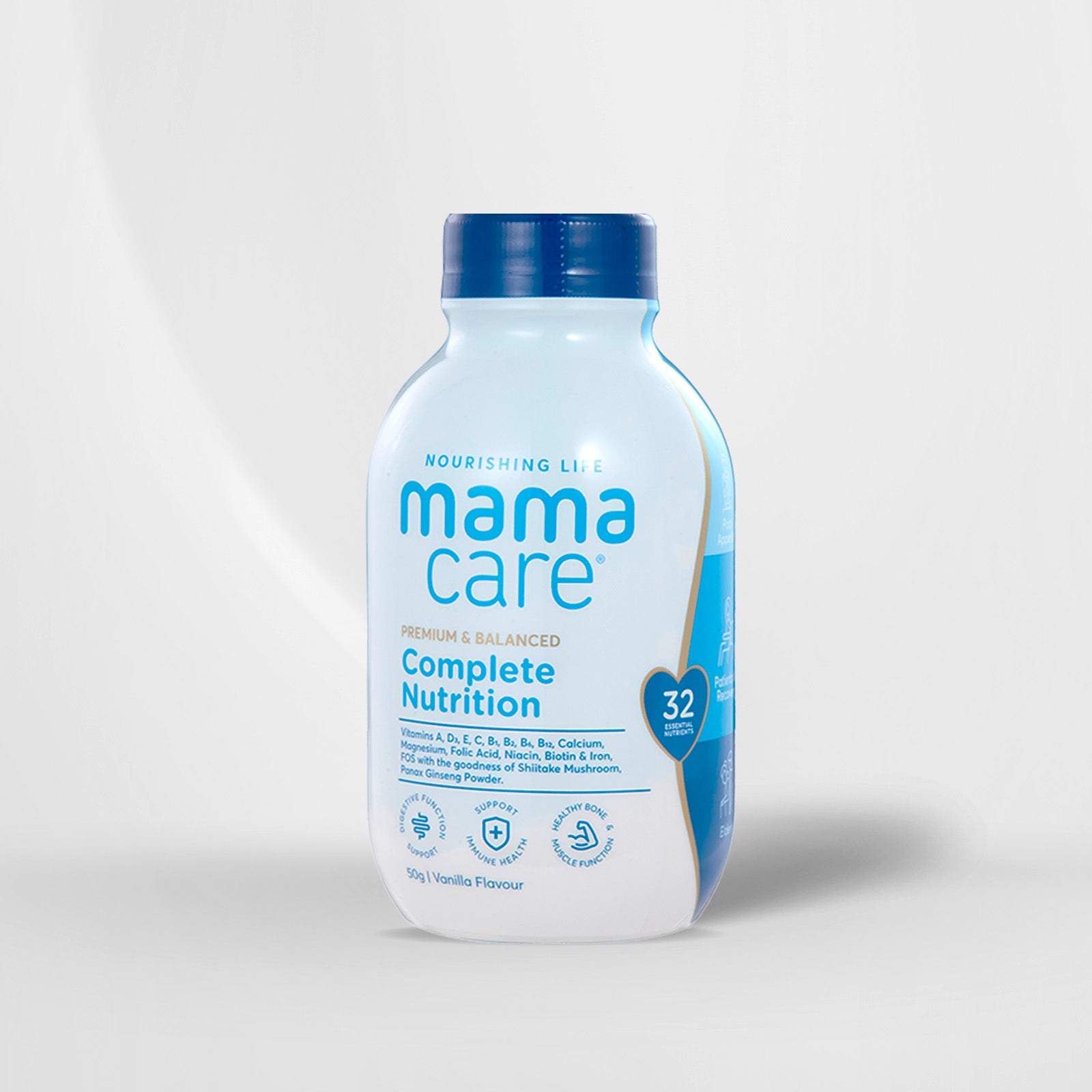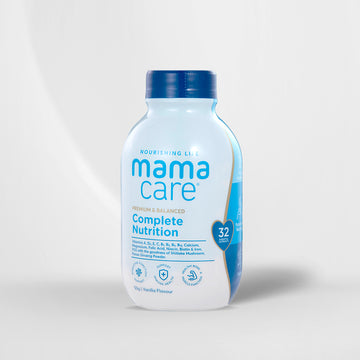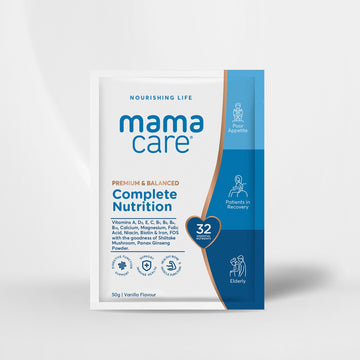



Our Collection
For yourself, mum and friends.
Products
Our promise to you
Expert partnerships, backed by science
Superior, market-leading formulations
Proven results, consumer-tested
Delicious taste, enjoyable experience


Develop evidence-based nutrition with Dr. Beth
Pair text with an image to focus on your chosen product, collection, or blog post. Add details on availability, style, or even provide a review.
Blog posts
Nutrients Needed During Pregnancy & What to Eat After Giving Birth
We all take proper care of nutrients needed during pregnancy, but what about post-pregnancy? After giving birth, your body demands more than just rest. Repairing and blood loss recuperation, emotional fatigue, hormonal changes, pain, and recovery require a good diet full of essential nutrition. Nutrition shifts can make the transition smoother, improve healing, and uplift one’s mood. To help you, we have prepared a complete diet plan for postpartum. Here are a few essential foods to eat after delivery and the reasons behind each food recommendation. Here are the seven most critical nutrients you need during and after pregnancy, to continue supporting your baby’s growth: 1. Protein-Packed Meals Recovery demands high amounts of protein due to tissue repair. Healing perineal tears or C-section incisions, retaining muscle mass and feeling satiety are critical. This is useful while managing energy levels and knowing how to get through the time available between feeds or naps. Furthermore, protein is a crucial component of breast milk. Best sources of protein: chicken, turkey, fish (especially oily varieties like salmon), lean beef or lamb, eggs, lentils, beans, chickpeas, tofu, and Greek yoghurt. 2. Complex Carbohydrates Do not avoid carbohydrates. Instead, avoid simple ones. Most complex carbohydrates are beneficial in fighting off mothers' constipation after giving birth. Consider whole-meal bread, oats (porridge is remarkably warm, soothing, and nutritious), brown rice, quinoa, wholewheat pasta, sweet potatoes, and starchy vegetables. These foods provide effective energy, aid in maintaining abdominal health, and are vital for the sustenance of B vitamins that help in metabolism, energy levels, and even mood. 3. Healthy Fats Healthy fats such as Omega-3 fatty acids DHA are key. If you’re breastfeeding, these fats are essential for your baby’s brain development. Omega-3 also supports brain function and mood regulation, helps quell inflammation throughout your body as it heals and is needed for absorbing fat-soluble vitamins. These beneficial fats are widely available from avocados, nuts (walnuts and almonds are among the best), seeds (chia seed, flaxseed, and pumpkin seed are a great choice), olive oil and oily fish (salmon, mackerel and sardines 1-2 portions weekly if you are mercury aware). Including these fats supports your baby’s neurological development through your milk and can, quite literally, help stabilise your mood and nutrient absorption. It is also a concentrated energy source. Research suggests adequate omega-3 intake may also help reduce the risk of postpartum depression. (Source: Omega-3 fatty acids and mental health) 4. Iron-Rich Foods Battling postpartum fatigue usually starts with iron. Blood loss during delivery is normal and can quickly drain your iron reserves, sometimes causing anaemia, which directly leads to symptoms of tiredness because iron is vital for producing haemoglobin to transport oxygen around your body. Increase your iron by eating lean red meat, poultry, fish, lentils, beans, fortified breakfast cereals, spinach, and dried apricots. A key recommendation is to combine these iron-rich foods with sources of Vitamin C (peppers, oranges, berries or broccoli!) within the same meal since Vitamin C dramatically increases iron absorption. Restoring iron in your body helps support energy, fight fatigue, and promote overall vitality. (Source: PubMed) 5. Calcium & Vitamin D If breastfeeding, calcium is also crucial for your little one's developing bones and teeth, so protecting your bone health is essential! Vitamin D helps absorb calcium, and it supports immune function, too. Some of the best sources of calcium include dairy products (milk, cheese, yoghurt), fortified plant-based milk, tinned fish with edible bones (sardines with the bones), leafy greens, and calcium-set tofu. For Vitamin D, oily fish and fortified foods play a part in providing safe exposure to sunlight. Everyone should take a Vitamin D supplement, particularly in the autumn and winter months, even postpartum mothers. Ensuring adequate intake protects your bone density, provides essential building blocks for your baby’s bones via milk, and supports immune health. 6. Fruits & Vegetables Try to eat lots of colourful fruits and vegetables every day. They give you essential vitamins, minerals, antioxidants, and fibre your body needs. Antioxidants help your body cope with the stress of healing and not getting enough sleep. Vitamins help with many body functions, like keeping your immune system strong. Fibre is essential to help your digestion stay regular. Don’t just stick to the same few foods. Add berries, oranges, peppers, carrots, broccoli, and leafy greens (like spinach or kale) to your meals and snacks. Eating a good mix helps you get a broader range of nutrients. This is great for your immune system and helps keep you regular. It gives you tiny nutrients that are key for your overall health and even help you stay hydrated. 7. Drink Plenty of Fluids (Especially Water) Drinking enough water is crucial after you've had your baby. This is especially true if you're breastfeeding, as breast milk is mainly made of water. Even being slightly dehydrated can make you feel much more tired. It can also lead to constipation and affect how much milk you produce. Make water your main drink all day long. A simple trick is to keep a water bottle right next to where you usually feed your baby or where you rest. This makes it easy to remember to take sips. Milk and herbal teas are safe for pregnancy and breastfeeding and count towards your fluids. Consuming water-based pregnancy and breastfeeding supplements also adds to your water consumption need All The Nutrients You Need During & After Pregnancy Eating well every day can be hard when you have a new baby. MamaCare’s Mother’s Nutrition packs all the nutrients you need as a new mother in easy-to-prepare and consume formula. The supplement is optimised with prebiotic fibres FOS and GOS to support digestion. So, it also helps new moms avoid digestive issues and absorb the nutrients better. Other reasons why you should include MamaCare’s Mothers Nutrition in your arsenal: Australian-made supplement crafted for mums before, during, and after pregnancy - supporting you and your baby every step of the way. Packed with folic acid, calcium, iron, DHA, and natural fibres, it helps nurture the baby’s development, mother’s energy, and digestion. It contains vitamins B, C, D, and E to support energy, immunity, and mineral absorption Finally, it is easy to take; just blend 40g of MamaCare Mothers Nutrition Powder in 200ml of room-temperature water and sip your way to better motherhood.
Learn morePPSU vs PP Bottle - Which is the best newborn feeding bottle?
As a parent, you constantly face decisions that have potential consequences for your baby’s comfort, health, and well-being. Every choice matter, from the clothes to the food they eat and even the bottles they drink. Choosing between PP (Polypropylene) and PPSU (Polyphenylsulfone) newborn feeding bottles is more about finding the better option for your baby. Although both materials are popular, which is better for your baby and more practical for your style of living? Here’s a breakdown so you can decide because only the best will do when it comes to your baby. What Are PPSU Baby Bottles? PPSU (Polyphenylsulfone) is a medical-grade plastic used in surgical tools and devices. Hence, it is sturdy and one of the safest materials for newborn feeding bottles . PPSU bottles pack safety, strength, and durability into a single bottle. As per the studies, PPSU bottles have no harmful chemicals (substances related to the polymer structure). Also, it doesn’t release (or “migrate”) any toxic substances into the contents (like milk or water) under normal use conditions. (Source: Polyphenylsulfone (PPSU) for baby bottles: a comprehensive assessment on polymer-related non-intentionally added substances (NIAS)) PPSU is also 100% BPA, BPS, and phthalate-free, so you don’t have to worry, giving you peace of mind with every feed. What Are PP Baby Bottles? PP (Polypropylene) baby bottles are the most common and widely available. They are typically lightweight, budget-friendly, and BPA-free. You can quickly identify these bottles with the translucent milky caps on these bottles. You will find PP safe for daily life and accept high and low temperatures, but it has limits. It is preferable to use PP if you only plan to use it occasionally or in the short term. PPSU vs PP Bottle: Why PPSU Stands Out? PPSU and PP are still within the safety limits, but PPSU outperform in several areas. Here’s a closer look at why you might want to choose PPSU bottles for your baby: Features PPSU (Polyphenylsulfone) Bottles PP (Polypropylene) Bottles Durability Highly durable, resistant to impact and scratches Less durable, prone to wear and tear Heat Resistance Can withstand high temperatures (up to 180°C) Lower heat resistance (up to 120°C) Chemical Safety BPA-free, BPS-free, and resistant to chemicals BPA-free but may degrade faster Transparency Amber-coloured, remains clear over time Milky white becomes cloudy with the use Odor & Stain Resistance Resistant to odours and stains May absorb odours and stains over time Lifespan Long-lasting, recommended replacement every 12 months Shorter lifespan, recommended replacement every 6 months Ease of Cleaning Easy to clean and sterilise It can be harder to clean due to material ageing Cost More expensive due to high durability More affordable and widely available 1. Superior Heat Resistance PPSU bottles can withstand temp up to 180°C. Hence, you can sterilise them by boiling them in water or washing them in a dishwasher. PP bottles can only withstand temperatures up to 120°C, and repeated exposure to high heat can cause them to break down faster. Thermal stability is key to hygiene. PPSU guarantees the bottle will be safe and intact through every sterilisation cycle. 2. Longer Lifespan Bottles made of PPSU are durable. Whether you boil, microwave or wash them daily, they help keep clarity, shape and strength. In comparison, PP bottles (polypropylene) can become worn, discoloured, and warped in months (or even weeks). For parents seeking long-term value, PPSU bottles are the wiser investment. 3. Crystal Clear Transparency Unlike PP’s milky texture, PPSU bottles retain a clear, glass-like look, making checking milk quantity and cleanliness easier. You don’t have to guess whether it’s thoroughly washed or if there’s any residue hiding in a cloudy bottle. A clear view means peace of mind with every feed. 4. Unmatched Durability Dropping a PP bottle can cause cracks or damage. PPSU, however, offers excellent impact resistance. You can feel confident knowing your bottle won’t shatter or crack if accidentally dropped, making it ideal for active parenting and travel. 5. Odour and Stain Resistance PP bottles can absorb odours from milk or cleaning agents over time, which is less than ideal. PPSU’s non-porous surface resists stains and smells, keeping your baby’s bottle fresh and clean for longer. This feature is handy if you use formula or milk with vitamins or supplements, which tend to stain regular bottles. 6. Medical-Grade Safety PPSU is approved for use in medical devices, so it’s safe. Unlike PP bottles, it doesn’t leach chemicals under heat or over time, which may degrade. So, if you’re looking for a feeding solution as safe as what hospitals trust, PPSU is your go-to. 7. Eco-Friendly and Cost-Efficient Though PPSU bottles have a higher upfront cost than PP bottles, their longevity makes them more cost-efficient in the long run. You’ll use fewer bottles over time, reducing waste and saving money, a win for your wallet and the planet. Newborn Feeding Bottles from MamaCare Selecting the right feeding bottle for your newborn can mean a difference in comfort for both baby and mom. MamaCare’s PPSU feeding bottles are FDA-approved for food contact and are free of BPA, BPS, and phthalates. The bottle is paired with a silicon teat, which prevents backflow and provides a natural feeding posture. The anti-colic one-way flow valve reduces the chances of air intake for the baby. Choosing the right baby bottle may seem small, but it plays a significant role in your daily routine and your baby’s comfort. PP bottles are a standard option, but when considering heat resistance, clarity, durability, and long-term value, PPSU bottles come out on top. MamaCare’s PPSU feeding bottles combine medical-grade safety, practical design, and durability to provide a hygienic, easy-to-use product. Explore the MamaCare® Feeding Bottle collection here for different sizes and replacement teats.
Learn more7 Superb Tips for Breastfeeding & Mom's Diet
Breastfeeding strengthens the bond between a mother and child. Your baby gets nutrition and energy from what you eat. Breastfeeding and mom's diet are interconnected. Breastfeeding moms often face nutritional challenges like vitamin deficiencies (folic acid, B12, A, D), minerals (calcium, iron, iodine), and omega-3 fatty acids. Such deficiencies can potentially impact both your and your baby's health. Thus, a breastfeeding mom's diet should address these deficiencies and include adequate and diverse sources of nutrients. Understanding the Best Diet for Breastfeeding Moms You need a nurturing diet that fulfils your and the baby's needs during pregnancy. However, after the baby's birth, the mom's nutritional needs only continue as the baby will depend on you for a little longer. Thus, taking care of your diet during breastfeeding will ensure growth for the baby and good health for you. Dietary supplements can easily add all the nutrients you need while continuing your regular food choices. However, diet improvement also adds to your health goals and energy levels. Do You Need More Calories? Yes, you probably need to eat a bit more food each day. Aim to consume 330 to 400 more calories than usual daily. This will give you the necessary resources to produce milk. You can eat healthy snacks like whole-grain bread with peanut butter, banana, peanut butter, and yoghurt. How Much Water Do You Need During Breastfeeding? Breast milk primarily consists of water. Therefore, it is essential to drink enough water daily. You should drink at least a minimum of 8 to 12 glasses of water every day. According to research, a lactating woman should drink at least 3 litres of fluids daily. (Source: European Food Safety Authority, 2010) Best Diet Food for Breastfeeding Moms 1. Vitamin & Mineral-Rich Foods Add colourful food to your diet. Different coloured fruits and vegetables have various vitamins and minerals that are good for you and your baby. Some great choices are: Green Leafy Vegetables: Spinach and kale contain vitamins A, C, E, and K and calcium folate. Orange Coloured Fruit and Vegetables: Carrots and sweet potatoes are rich in vitamin A, which is necessary for proper eyesight and strengthens immunity. Blueberries and Strawberries: They contain antioxidants that guard your cells. 2. High-Protein Diet Protein contains essential nutrients that help build tissues, hormones, and enzymes, ensuring a healthy milk supply. You need to consume a lot of it to supply your milk and recover after delivery. A study shows breastfeeding mothers need 84 to 120 grams of protein daily. Or at least 1.5 times their body weight in grams. (Source: NIH NLM PMC) Some good sources of protein are: Poultry Cuts: chicken breast, turkey cuts, lean pieces of beef. Seafood: Salmon, tuna, and cod (just avoid ones with a high mercury content). Vegetarian Sources: beans and lentils are perfect options. Dairy Products: Eggs benefit everyone, offering great nutrition and versatility in meals. 3. Omega-3 Fatty Acids Omega-3s (especially DHA) are essential for your baby's brain development. You can use high-quality omega-3 supplements to make your food more nutritious. The best sources include: Fatty fish, such as salmon, mackerel, and sardines Chia seeds and flaxseeds Walnuts and almonds 4. Iron Intake Feeling tired while caring for a newborn is entirely normal, but low iron levels can worsen it. Iron-rich foods and vitamin C sources like citrus fruits and bell peppers help maximise absorption and benefits. Good sources of iron include: Red meat (beef and lamb) Dark leafy greens like spinach and kale Lentils and chickpeas Fortified cereals One faster way to recover from iron deficiency is through iron supplement tablets. MamaCare's Premium Women's Iron tablets contain iron, folic acid, vitamin B2, and vitamin C. The unique formula makes the tablets easy to digest and offers better iron absorption. Thus, it helps you recover faster and maintain energy levels during pregnancy or breastfeeding. 5. Boost Calcium for Bone Strength Calcium helps maintain strong bones and prevents osteoporosis. An individual's daily calcium intake should ideally be around 1,000 mg, which helps sustain bone density and ensures that essential nutrients are given to the baby. Make sure you use plenty of: Dairy products (milk, cheese, yoghurt) Almonds Green leafy vegetables Sesame seeds 6. Include Fibre-Rich Foods for Digestion Constipation is a common issue many women face during the breastfeeding phase. Therefore, keeping your immune and digestive systems functioning smoothly becomes crucial. Take a diet rich in fibre, including essential vitamins and minerals. Increase your fibre intake with: Whole grains (brown rice, oats, whole wheat bread) Fresh fruits and vegetables Nuts and seeds 7. Incorporate Superfoods Superfoods can enhance your milk supply and provide essential nutrients. Some top picks include: Oats – great for milk production Fenugreek – helps boost lactation Turmeric – known for its anti-inflammatory benefits Berries – rich in antioxidants for immunity What to avoid while breastfeeding? Some foods and drinks require more caution when breastfeeding. The following are a few: Alcohol: There is no "safe" level of alcohol consumption for a child exposed to breast milk. Caffeine: Avoid consuming more than two to three cups of coffee and other caffeinated beverages daily. Caffeine can contribute to a fussy baby and poor sleeping habits. Fish: Most fish can serve as a good source of protein and Omega 3 oils. However, many contain some level of mercury. Exceedingly high levels of mercury can potentially damage the brain and nerves of the baby. For the baby's safety, fish with extremely high amounts of mercury, such as swordfish and king mackerel, should be avoided. Supplements for Breastfeeding Mom's Diet Healthy foods are the most significant aid for breastfeeding. Everything you consume, whether high in protein, omega 3, or sufficient water, works towards the baby's development. Following a carefully crafted diet plan may not always be easy or possible, so that you can use dietary supplements. MamaCare's Mother's Nutrition powder is a dietary supplement which offers all the nutrients you need during and post-pregnancy to support baby's growth and your strength. Mother's Nutrition powder contains 30 plus nutrients, including protein, iron, calcium, multiple vitamins and folic acid. Folic acid during pregnancy reduces the risk of foetal neural tube defects and helps the baby's brain growth. It also helps in healthy blood cell formation and keeps moms healthy. It's a simple way to ensure you and your baby get everything to stay strong. We also recommend you consult with doctors before taking any supplement. References: Rasmussen B, Ennis M, Pencharz P, Ball R, Courtney-martin G, Elango R. Protein Requirements of Healthy Lactating Women Are Higher Than the Current Recommendations. Curr Dev Nutr. 2020 May 29;4(Suppl 2):653. doi: 10.1093/cdn/nzaa049_046. PMCID: PMC7257931. EFSA Panel on Dietetic Products, Nutrition, and Allergies (NDA); Scientific Opinion on Dietary reference values for water. EFSA Journal 2010; 8(3):1459. [48 pp.]. doi: 10.2903/j.efsa.2010.1459.
Learn more





